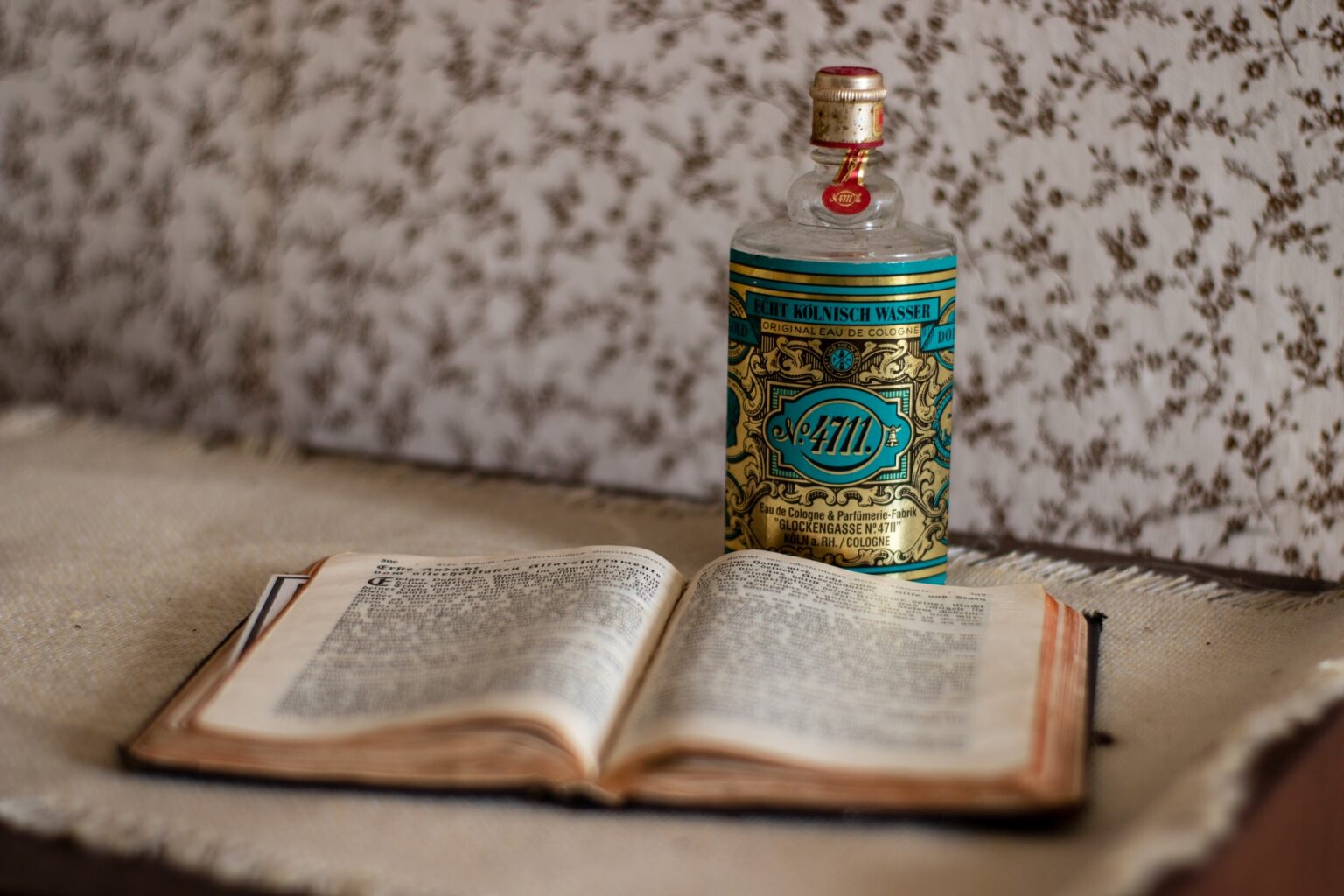The Fascinating History of Eau de Cologne

There is nothing like a fresh whiff of cologne on a hot summer day to rejuvenate the senses. Lightweight and refreshing, cologne is a beloved grooming product for many.Eau de Cologne directly translates to “Water from Cologne,” which is a reference to its birthplace. Contrary to what many wearers assume, cologne was not first made in Italy or France. It originated in Cologne, Germany as the result of an experiment by Johann Maria Farina (Giovanni Maria Farina), an Italian perfume maker hailing from Santa Maria Maggiore Valle Vigezzo, in 1709.
What is cologne made of?
Colognes generally contain 2–5% or more of pure perfume in the form of essential oils or natural extracts, alcohol, and water. Citrus oils of lemon, tangerine, orange, clementine, lime, grapefruit, blood orange, bergamot, bitter orange, and neroli are suspended in a base of dilute ethanol. Certain colognes also contain herbal and floral notes of lavender, rosemary, thyme, oregano, petit grain (orange leaf), jasmine, and olive. Occasionally, you might even get a hint of tobacco.While modern cologne has come to be associated with men, Farina’s Eau de Cologne was meant to be unisex.
How did Farina create his iconic Eau de Cologne?
Giovanni Maria Farina’s original Eau de Cologne was a citrus formulation inspired by his home in Italy. In a 1708 letter to his brother Jean Baptiste, Farina wrote, “I have found a fragrance that reminds me of an Italian spring morning, of mountain daffodils and orange blossoms after the rain.”Proud of his creation, he named the product after his new hometown of Cologne.The Eau de Cologne created by Farina was meant to be used as a perfume. Farina ensured that “nearly all royal houses in Europe” received the item. What truly set him apart from other perfumers of the time was his ability to create a perfectly homogeneous fragrance for distribution even though he used a series of single-note essences.The current website for Farina’s Eau de Cologne describes its scent profile as follows: “The delicate fragrance reveals the finest citrues notes. The first whiff provides refreshing bergamot followed by tender jasmine and violet, smoothed down by warm sandalwood and olibanum.”The royal families fell in love with Eau de Cologne because it made them feel extremely special. Also called aqua mirabilis (Latin for miracle water), one single vial of the cologne is recorded to have cost the half the yearly salary of a regular civil servant. Some even believed that this magical water of Cologne could ward off bubonic plague. They consumed the citrus oil scent believing that it would emit from their pores and repel fleas.The original Eau de Cologne by Farina has been produced opposite the Jülichplatz in Cologne since 1709. He also opened his shop at Obenmarspforten that year, which is now the world’s oldest fragrance factory. Farina might have imagined that he would be able to hold on to the exclusivity of the item, but the emergence of free trade made things tricky. Upon seeing the success of Eau de Cologne, other businessmen started selling their own fragrances using the Eau de Cologne branding for free publicity and marketing.The release of the Original Eau de Cologne 4711, titled after Glockengasse No. 4711 and created by Wilhelm Mülhens in Cologne in the late 1790s, proved to be a problem for Farina because of their similar branding. The brand 4711 is still very much in the business, and it is currently owned by Mäurer & Wirtz.In a notable distinction, Farina’s cologne is currently sold in clear glass bottles with red lids, while the 4711 brand uses turquoise and gold labels.

